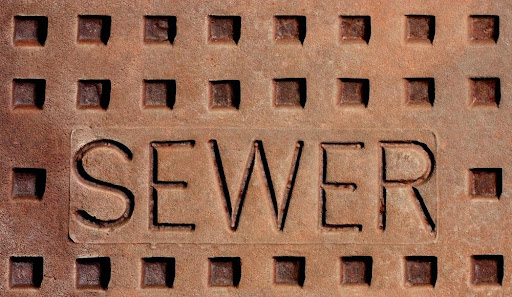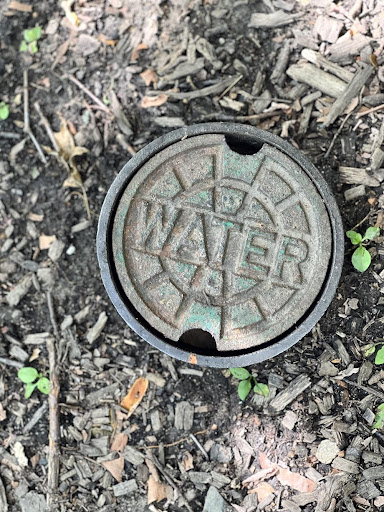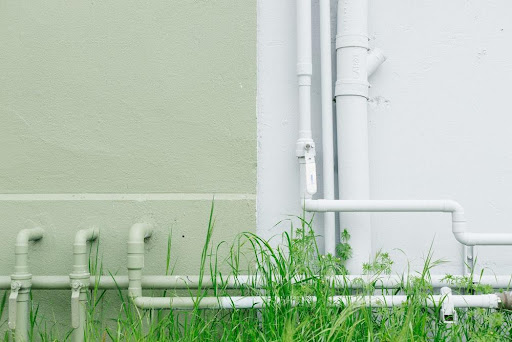Tree root intrusion into a home’s sewer line is a leading cause of sewer line damage. Keyrenter Knoxville explains this issue happens when tree roots contact the nutrient-dense wastewater inside sewer lines. In a bid to access as much of the water as possible, tree roots can pierce the sewer pipe, causing it to leak and sometimes blocking it completely.
How do you detect, solve and prevent this problem?
How to detect tree root intrusion in your sewer line
The signs accompanying a blocked sewer line are the same signs you can expect when tree roots are growing into your sewer line. These include:
- Slow drains
Slow drains in your home are not a sign that tree roots have blocked your sewer line unless multiple drains on the ground floor are slow simultaneously. Usually, this problem is more severe with floor drains and drains closer to the floor level, such as toilets. In addition, to slow draining, you may also notice water movement in drains when other drains in the home are being used.
- Backed-up drains
If drains are slow and the problem is not addressed, it can eventually cause the sewer line to back up. When tree roots initially penetrate a sewer line, they don’t block the pipe; wastewater is still able to pass through. But as time passes and the roots grow larger, they can stop the sewer pipe, leaving wastewater with nowhere to go except back into the home.
- Sewer odors from your drains
Sewer lines have features that prevent sewer gases from flowing backward into the home. But those features will not work if tree roots block a sewer line. The trapped sewer gases may find an outlet by escaping through one of the home’s drains. One sign that this is happening is hearing gurgling sounds every time you use your drains.
- Sinkholes in the yard
Sinkholes happen when water soaks into the ground directly beneath the surface. Eventually, the spot above the area will cave in, leaving a cavity or small depression. Tree roots may cause sinkholes if they penetrate a sewer line and force it to release its contents into the soil. Also, if areas of your yard are greener than usual, you may have tree roots with your sewer line.
What to do if you suspect tree root intrusion in your sewer line
If you see any of the above signs in your home, how can you tell if tree roots are in your sewer line? The best way is to have a sewer line camera inspection. A sewer camera inspection is the most efficient, non-invasive, and affordable method for accurately assessing the true condition of a sewer line.
It involves a professional plumber running a video line into your sewer line and monitoring the live feed on a small screen. A sewer camera inspection is the best diagnostic tool for exploring the cause of sewer line issues. It not only helps the plumber detect the location of the blockage, but it can assess the seriousness of the problem.
This method will save you money because it doesn’t take time and does not involve expensive digging in the yard. Once the blockage has been detected via a sewer camera inspection, the next step is clearing the tree roots. This is usually done by hydro jetting the sewer line. Hydro jetting uses high-pressure water to remove obstacles inside a sewer line.
How to prevent tree root intrusion in a sewer line
- Do not plant trees near your sewer line
Planting trees where their roots can reach the sewer line is asking for trouble. If you are unhappy with having only grass in the area, you may plant shrubs and small trees with less invasive roots.
- Install a sewer barrier
If you don’t want to cut down the trees in your yard, you can install an impenetrable barrier around your sewer lines. Although this approach is somewhat more invasive, it can give you peace of mind.
- Use chemicals
Periodically spreading chemicals like potassium hydroxide and copper sulfate around the sewer line will protect them from damage by tree roots. Note that these chemicals may also kill your trees.
- Replace your sewer line
PVC pipes are less vulnerable to tree root intrusion than metal or clay pipes. Another option is replacing your current sewer line using a non-invasive technique like pipe bursting.
Keeping your sewer line safe from invading tree roots and other dangers requires constant vigilance. The best way to avoid costly damage to a sewer line is to catch problems early. Periodic inspection and cleaning of the sewer line – sewer camera inspections and hydro-jetting – are the best ways to keep your home’s sewer line healthy.



[…] Although it’s challenging to completely eliminate the risk of tree root invasion, there are effective preventive measures you can take to safeguard your sewer lines: […]